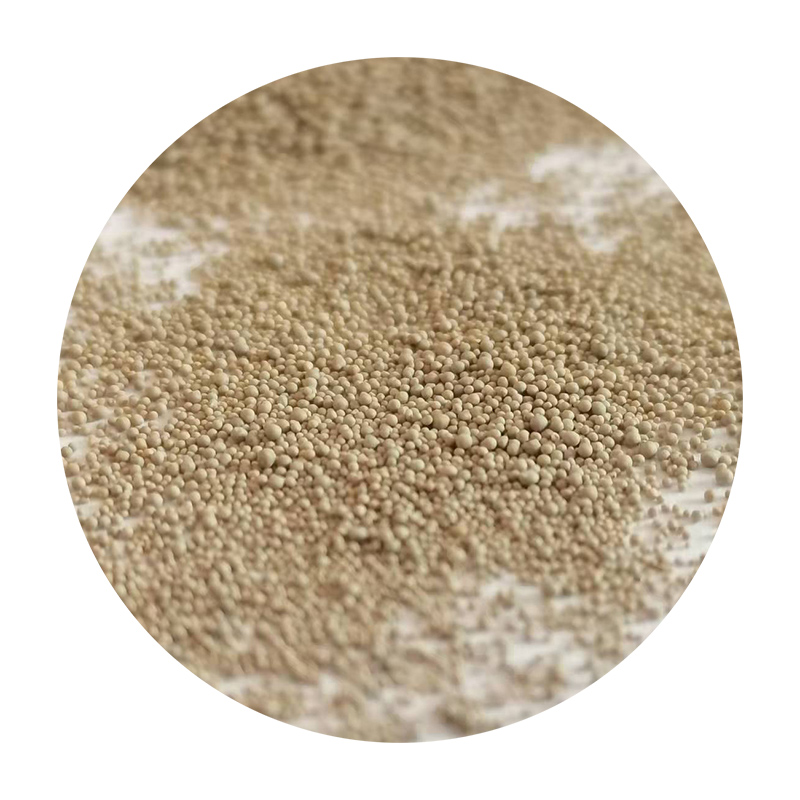Sanding Casting Resin An Innovative Approach to Crafting
Sanding casting resin is an exciting and versatile material that has gained popularity in various industries, particularly in crafting, art, and model-making. This unique resin mixture not only offers durability and flexibility but also allows creators to achieve stunning finishes and intricate details in their projects. In this article, we will explore the properties, applications, and techniques associated with sanding casting resin, highlighting why it has become a favored choice among artists and hobbyists alike.
Sanding casting resin is typically composed of two components a resin and a hardener. When mixed together, they create a chemical reaction that results in a solid, durable material. One of the most appealing aspects of this resin is its excellent casting capabilities. It can easily capture fine details from molds, making it perfect for creating replicas of intricate designs. Additionally, once cured, the resin can be sanded and polished to achieve a smooth surface or a high-gloss finish, making it ideal for those who aspire to create professional-quality pieces.
The applications of sanding casting resin are vast and varied. In the realm of crafting, it is commonly used to make jewelry, decorative items, and even functional pieces like coasters or tabletops. The ability to incorporate colorants, pigments, and even embedded materials such as glitter or flowers allows artists to create unique and personalized items. Moreover, due to its adaptability, sanding casting resin can also be used in woodworking projects to fill gaps or voids, giving a stylish and contemporary touch to wooden objects.
sanding casting resin

One of the most significant advantages of using sanding casting resin is its user-friendly application process. Many resin kits come with clear instructions, making it accessible even for beginners. The mixing ratio is typically straightforward, ensuring that users can easily achieve the correct consistency. Once mixed, the resin can be poured into molds, where it will cure into a solid state. The curing process can vary depending on the specific resin used, but it generally takes between 24 to 48 hours. Once cured, the real fun begins—sanding and finishing the piece to perfection.
To achieve the best results when working with sanding casting resin, it is essential to follow a few key techniques. First, ensure that the workspace is well-ventilated, as resins can emit fumes during the curing process. It’s also crucial to use quality molds, as they will contribute significantly to the final appearance of the cast piece. After the resin has cured, begin sanding with a lower-grit sandpaper to remove any rough edges or imperfections. Gradually progress to finer grits to achieve a smooth finish. Once satisfied with the surface, polishing can bring out the resin's clarity and depth, resulting in stunning, glossy pieces.
In conclusion, sanding casting resin represents a remarkable blend of creativity and technology, providing crafters and artists with a reliable medium to express their artistic visions. Its versatility, ease of use, and stunning finish make it an invaluable tool for anyone looking to create beautiful, durable pieces. Whether you are a seasoned artist or a novice, experimenting with sanding casting resin offers endless possibilities for creative expression. As the crafting world continues to evolve, sanding casting resin will undoubtedly maintain its place as a favored choice for those seeking to bring their ideas to life with precision and flair.
Post time:Гру . 03, 2024 18:13
Next:sand casting processes
